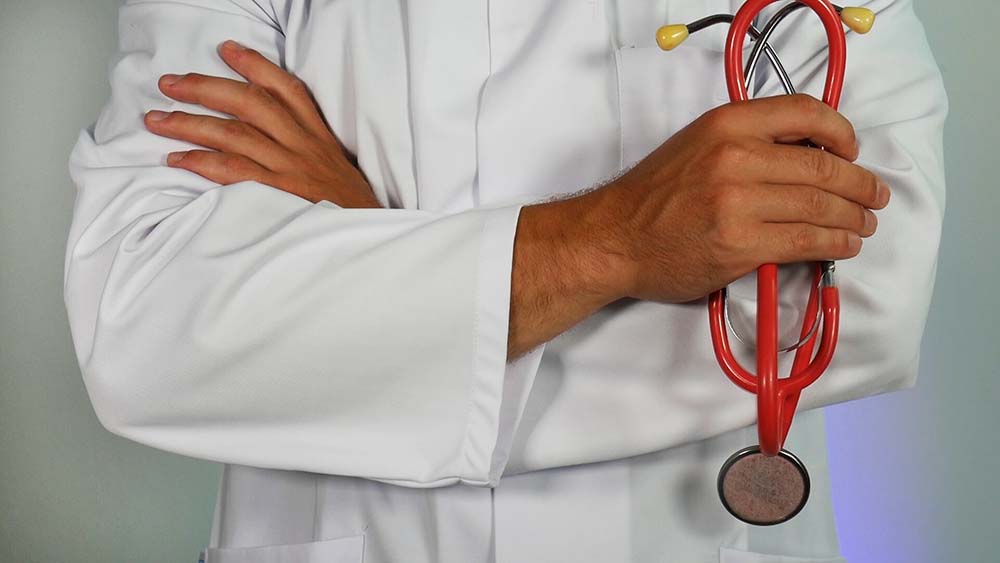
- Details
- By California Department of Public Health
Sacramento, CA, May 8, 2023 – The California Department of Public Health (CDPH) today launched a first-of-its-kind web tool connecting California’s tribal community members directly to Tribal Health Programs and Indian Health Care Providers for COVID-19 medications.
“At CDPH we are committed to meeting all American Indian and Alaska Native communities directly where they need us most,” said CDPH Director and State Public Health Officer Dr. Tomás Aragón. “We have seen that COVID-19 treatments are underutilized across the state, and this new COVID Treatment Access Tool is one of many efforts the Department is making to increase both awareness and access among Californians.”
The Tribal COVID Treatment Access Tool makes it easier for Californians who get sick with COVID-19 to connect to community-trusted clinics and resources near them. People with COVID-19 now have safe18 and effective treatment options to prevent serious illness and reduce hospitalizations. The web-based COVID Treatment Access Tool helps individuals find COVID-19 medications through local Tribal Health Programs and Indian Health Care Providers.
Californians can use the COVID-19 treatment eligibility tool, as well as watch, download, and share tribally focused resource materials about COVID-19 medications and treatment. The tool can be found online at YouCanBeatIt.org, or on partner sites at crihb.org.
“Listening and responding to tribal communities is a priority for CDPH,” said Dr. Rohan Radhakrishna, CDPH Tribal Liaison and Deputy Director of the Office of Health Equity. “Through easy to use and innovative approaches like this COVID Treatment Access Tool, which was developed from discussions and input with tribal leadership, we are moving towards more culture-focused health care for all Californians.”
This innovative online tool was created in response to community requests from more than a year of COVID-19-focused active listening sessions that brought together tribal leaders, community members, and officials from tribal health clinics, U.S. Department of Health and Human Services, Indian Health Service, California Department of Public Health, and Federal Emergency Management Administration. The meetings produced a clear objective: create simple tools to help connect California’s Native population with the resources available to them.
Although COVID-19 treatments are widely available, they continue to be underused due to lack of awareness that COVID-19 medications exist, are widely available, and are recommended for most adults and some teens. Additionally, people often don’t know how to get COVID-19 treatment.
“For years now, it has been difficult for our rural Native populations to access health resources created for them,” said Dr. Thomas J. Kim, Medical Director at the California Rural Indian Health Board. “This access tool is a step forward in our collective goal to best serve our most vulnerable in the community and will help better address Native health in California.”
Later this month, CDPH will launch a sister access tool for California’s Native Hawaiian/Pacific Islander populations. The NHPI COVID Treatment Access Tool will also feature a COVID-19 treatment eligibility questionnaire alongside NHPI-focused informational videos and downloadable materials in three languages including Samoan, Tongan, and Marshallese.
Are you a community health worker or clinic? Want to host the tool on your website? Contact us at [email protected] to get connected.
Help us defend tribal sovereignty.
At Native News Online, our mission is rooted in telling the stories that strengthen sovereignty and uplift Indigenous voices — not just at year’s end, but every single day.
Because of your generosity last year, we were able to keep our reporters on the ground in tribal communities, at national gatherings and in the halls of Congress — covering the issues that matter most to Indian Country: sovereignty, culture, education, health and economic opportunity.
That support sustained us through a tough year in 2025. Now, as we look to the year ahead, we need your help right now to ensure warrior journalism remains strong — reporting that defends tribal sovereignty, amplifies Native truth, and holds power accountable.
 The stakes couldn't be higher. Your support keeps Native voices heard, Native stories told and Native sovereignty defended.
The stakes couldn't be higher. Your support keeps Native voices heard, Native stories told and Native sovereignty defended.
Stand with Warrior Journalism today.
Levi Rickert (Potawatomi), Editor & Publisher
